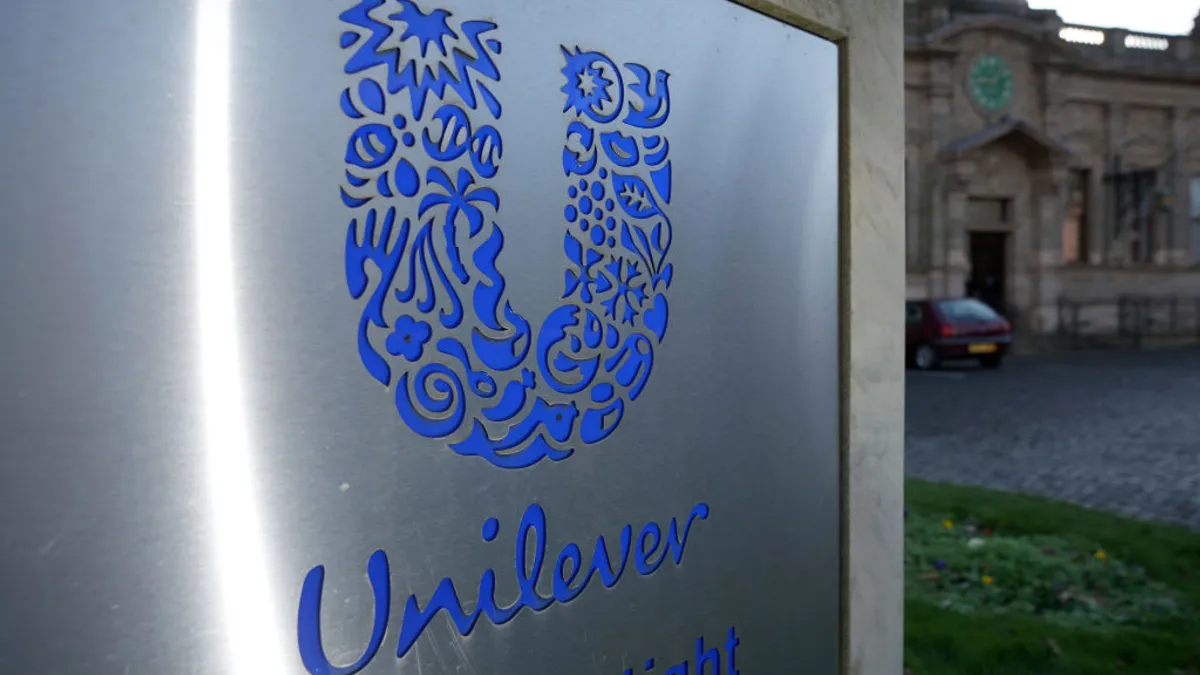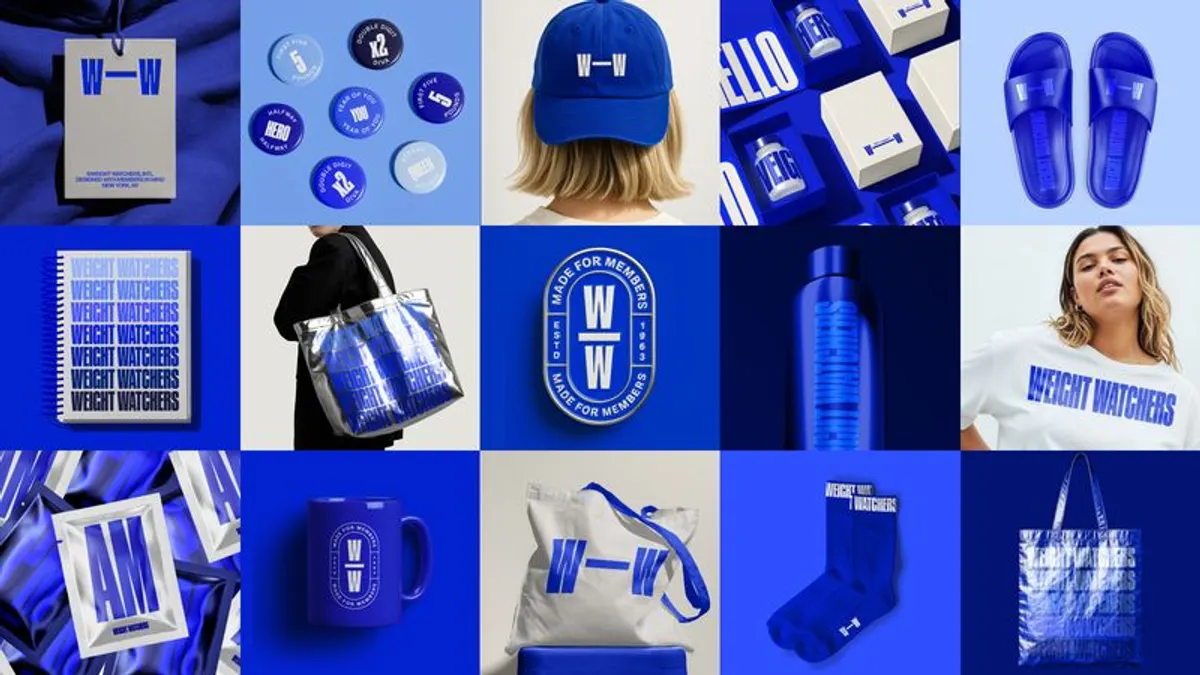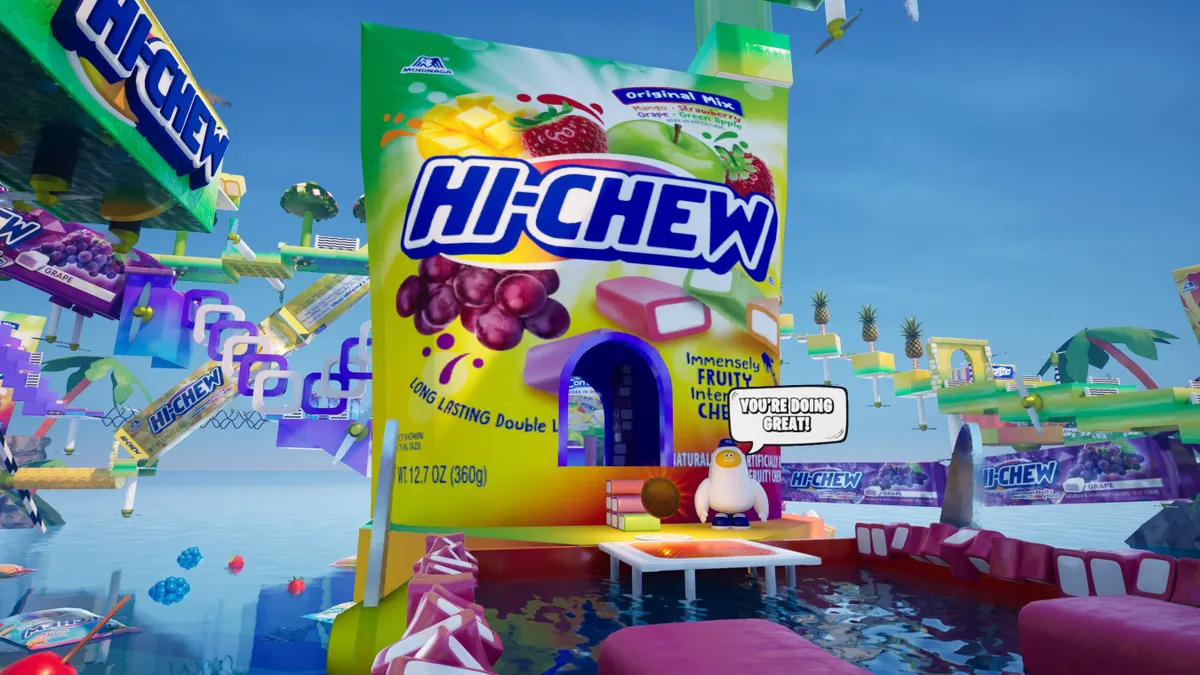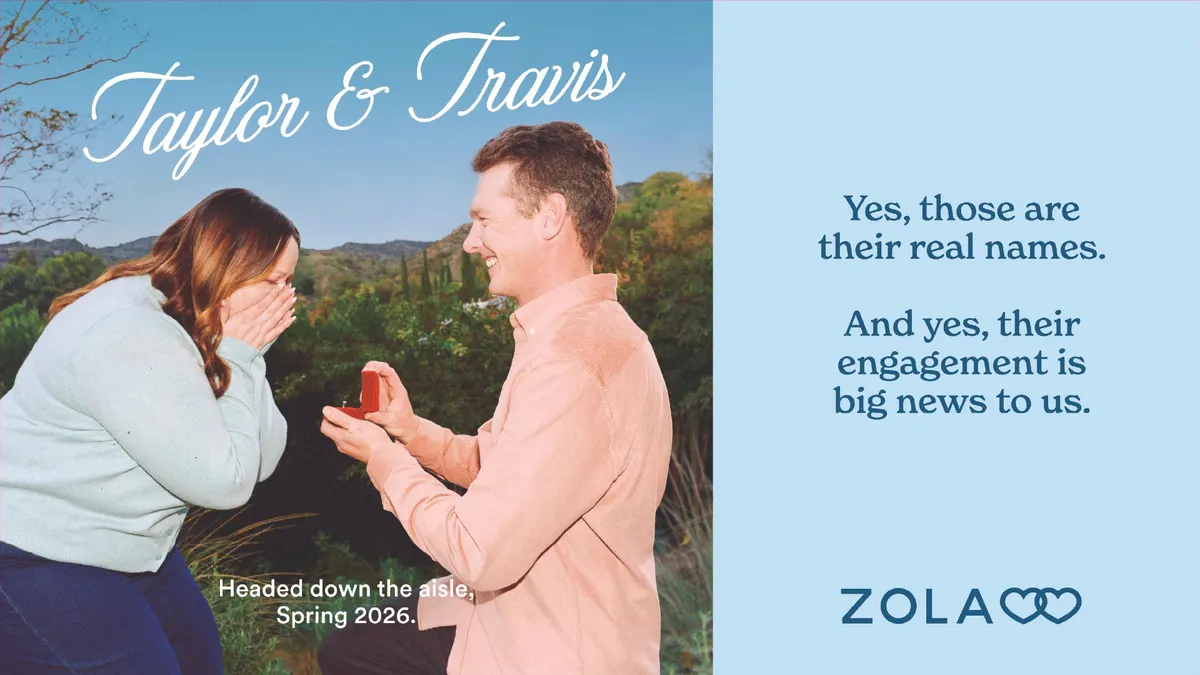Anti-climatic could be one word used to describe Super Bowl LVII. Bracing on-field play between the Philadelphia Eagles and Kansas City Chiefs ended up hinging on a controversial holding call made with less than 2 minutes left on the clock, setting the Chiefs up for an easy victory. Ads similarly fizzled after weeks of build-up and even swirling controversy, with major teases from marketers like M&M’s failing to deliver on the hype Sunday.
A-list celebrity cameos and winks to pop culture staples like “Breaking Bad” and “Clueless” came to dominate the night. That’s not an uncommon occurrence for the big game, but the strategy has rarely felt so samey, meaning that even decent concepts got lost in the broader barrage of Hollywood faces. Meanwhile, the flops felt more grating than usual amid an over-reliance on one-note humor that failed to connect back to brand identity.
“It’s almost as if there was a shared brief style for the scripts,” said Pepe Aguilar, executive creative director at Gallegos United, over email.
There were still some surprises and clear winners regarding sentiment. Rihanna earned accolades for a high-flying halftime concert, the first to be sponsored by Apple Music. An interruptive spot for streamer Tubi had many watch parties wondering whether someone accidentally sat on the remote. Pets were effectively deployed by both Amazon and The Farmer’s Dog to tug at the heartstrings, with the latter topping USA Today’s closely watched Ad Meter.
QR codes and commercials for commerce-oriented services also continued to weave their way into the broadcast, speaking to enduring pandemic-driven digital trends. Electric vehicles were pervasive from automakers, charging up the usually staid category after a busy showing last year. Liquor had its first appearance, while Molson Coors made a splash in its first ad back at the Super Bowl in over three decades. And advertisers and the NFL made some strides in better recognizing women, including through a commercial from the league that saw flag football ambassador Diana Flores chased by an army of familiar faces.
Still, a handful of bright spots and innovative plays couldn’t stem the overriding feeling that Super Bowl LVII’s advertising slate was stale, a possible reflection of marketers being at an uneasy point of transition in relation to the pandemic, the rise of streaming and other seismic industry shifts.
“I found the majority of the ads to be particularly bad this year. Safe, lazy, boring,” said Douglas Brundage, founder of Kingsland, over email. “It seems as if brands are still figuring out what the national mood is and chose the most conservative routes possible instead of doing the deep strategy work to unlock an opportunity. I hate to see brands waste money like this.”
Celeb fatigue sets in
Heavy price tags for Super Bowl commercials probably signal that marketers will continue to rely on Hollywood talent to get the most bang for their buck. Fox, this year’s broadcaster, reportedly commanded up to $7 million for 30 seconds of airtime. But Super Bowl LVII’s output had many commenters at their breaking point in terms of celebrity tolerance, meaning a switch-up in messaging should be in the cards lest people start to tune out.
Some ideas connected, like Bud Light’s grounded “Hold,” the first Super Bowl output from new creative agency Anomaly. The ad shows real-life couple Miles Teller and Keleigh Sperry inspired to goofily dance around their living room as catchy hold music enlivens an otherwise trying phone call.
“The ad was sweet and relatable and showed us that something as mundane as being on interminable hold can be made better with a cold beer,” said Deb Gabor, founder and CEO of Sol Marketing, in emailed comments.
Dunkin’ capitalized on Ben Affleck’s well-established — and much-memed — preference for the Massachusetts-based coffee chain in an ad directed by Affleck himself. He later reappeared to promote his new movie “Air.” In “Drive-Thru,” the filmmaker mans the busy ordering lane at a local Dunkin’ shop, eliciting baffled reactions from customers and, eventually, his wife, Jennifer Lopez. It was the rare instance of a brand drawing a clear connection between its product and the spokesperson in a night of disjointed partnerships.
“Ben’s famous love of Dunkin’ resonates here,” said Mark DiMassimo, founder and creative chief of DiGo, over email. “In a Super Bowl dominated by celebrity spots, this one transcended the cliches as well as the genre, and worked hard for Dunkin’.”
Elsewhere, usually likable personalities tested their appeal. Serena Williams showed up for not one, but two alcohol brands, stirring mixed responses. The tennis legend promoted both Michelob Ultra, following up on a campaign last year, and Rémy Martin, which took advantage of the NFL’s loosened rules around liquor advertising with a spot referencing Al Pacino’s speech from “Any Given Sunday.”
“[As] a huge tennis and Serena fan, I wish she hadn't been in two alcohol ads,” said Craig Brown, senior vice president of strategy at Incubeta, in an email. “I understand it's about money, but she is one of the truly inspirational people on the planet, and wish she'd chosen some different allegiances for the Super Bowl.”
A Hellmann’s ad punning on Jon Hamm and Brie Larson’s last names also got a muted response and was perhaps the most emblematic of the night’s shoddy attempts at leveraging star power to make an impression.
“The joke writing was amateur, the insight was non-existent and the camera work was offensive,” said Myra Nussbaum, president and chief creative officer at Havas Chicago, over email. “Throwing Pete Davidson in took it down even another notch.”
Emotions, utility win the game
While celebrities proved to be less resonant than ever, two of the Super Bowl's best-performing ads delivered narrative-driven stories focused on man's best friend. DTC pet food brand The Farmer's Dog won the night — and the USA Today Ad Meter voting — with its first-ever national Super Bowl spot. The 60-second "Forever" follows a journey through all of life's milestones for a dog and its human.
"These 'as-time-goes-by' spots are very hard to execute. Casting and production design have to be perfect,” said Chris Corley, executive creative director at Dunn&Co, over email. “This spot has a lot of other things going for it as well. I love the editing and DP work. But even before all that, there was an amazing insight into people’s relationships with their dogs as their families grow."
Similar insights drove Amazon's "Saving Sawyer," a 90-second spot that followed a real-life rescue dog and his misadventures with his family. Full of nods to the early housebound pandemic period and the cautious return-to-office phase, the ad pulls at heartstrings by feinting toward the family giving up Sawyer before revealing the addition of another puppy.
"They were the only dot-com to make an emotional connection with viewers. In a few short, albeit expensive seconds, they perfectly captured the moment we’re living in, and the real reasons we buy the things we buy," said Steve Merino, chief creative director at Aloysius Butler & Clark, over email.
Beyond their canine creative, The Farmer's Dog and Amazon both tied their ads back to the utility of their brand, whether delivering healthy dog food or simplifying e-commerce. Several ads that weaved in the value propositions of their brands stuck out by staying true to marketing principles and not simply trying to generate buzz for buzz's sake.
"I noticed a stark contrast this year between brands that had a great strategy and those that had none,” said Mark Ray, co-founder and chief creative officer at North, over email. “Maybe because the world seems to have both shrunk and divided more in the last five years than the decades before, what it means to be a relevant, meaningful brand is evolving just as rapidly."
Google kept brand strategy at the forefront of its spot, delivering a 90-second product demo of its latest Pixel phone that "stayed laser-focused on core relevant differentiation" of its photo-fixing capabilities, according to Allen Adamson, co-founder of marketing collective Metaforce.
Apart from Google, automakers took the lead by combining strategy and execution. General Motors teamed with Netflix to continue its efforts to normalize EVs, while Kia turned a relatable moment — forgetting a child's favorite pacifier — into a hero's journey that only its latest SUV can solve. And Ram reminded ad makers and audiences that utility doesn't mean staid with its edgy "Premature Electrification" spot.
"It was a bold shift away from traditional car advertising. It worked because it built off a clear problem to solve — skepticism that electric vehicles can 'last long,'" said James Denman, head of innovation and marketing at Yard NYC, over email. "By then spoofing pharma commercials, it lands the joke and the benefit in a memorable way."
Do divisive spots start or end conversations?
To mix sports metaphors, Super Bowl ads are often about taking big swings that are as likely to end in a strikeout as a home run. As is often the case, many of the game's most discussed efforts were described by industry experts as both the best and worst of what advertisers had to offer — another test for brands on whether all engagement is created equal.
This year's most disruptive campaign was from Tubi, the free ad-supported streaming TV service owned by big-game broadcaster Fox. The company led countless viewers to a frenzied search for the remote with its 15-second "Interface Interruption" that overlaid the Tubi browsing experience on footage of two Fox sports announcers. It followed up the stunt with a bizarre 60-second spot that featured creepy, giant rabbits pushing unsuspecting folks into rabbit holes to invoke the "rabbit hole" of content in the streamer's library of channels.
While the "Rabbit Holes" spot was selected as the winner of the 2023 Super Clio, experts were mixed on the effort, applauding the show-stealing stunt but questioning whether the collection of ads clearly established Tubi or differentiated its brand from a host of similarly named streaming services. For others, the spot combining stunt and the surreal served its purpose.
"I was most surprised that the one streaming service I don’t already subscribe to had one of the best spots of the night," said Havas Chicago’s Nussbaum. "It got me to go to the site and find out that it’s an ad-supported free service, so I’ve already downloaded it on my devices and will be falling down the rabbit hole with Tubi."
M&M's has taken industry watchers down a rabbit hole of its own over the past few weeks, engaging in a confusing stunt about its spokescandies and a related rebrand that has proven polarizing. The campaign, which saw the candies take an "indefinite pause" while new spokesperson Maya Rudolph trotted out increasingly weird ideas for the brand, concluded at the Super Bowl.
A 30-second spot seemingly inspired by the hippie vibes of Coke’s “Hilltop” featured Rudolph, her clam-favored Ma&Ya's and a diverse cast of new spokespeople — a confusing watch for viewers who had not been following the saga for the past few weeks. The hiatus was then resolved, albeit awkwardly, with a 5-second bumper and a 15-second post-game spot that resembled a press conference. While some experts commended M&M's for trolling the conservatives who have attacked the rebrand for being "woke," others thought the execution failed to capitalize on pre-game buzz.
“I’m still not 100% sure what M&M's was trying to do,” said Aloysius Butler & Clark's Merino. “First, they caused a fake controversy by saying they were getting rid of their candy characters. Then, they made a joke about making the candy clam flavored. But in the end, they never revealed why they did any of the things they did.”
Perhaps the biggest surprise of this year's Super Bowl was that one of the buzziest efforts was focused on increasing cultural attention not for a brand, but for Jesus. As part of a multimillion-dollar effort, the He Gets Us campaign ran a 30-second spot, "Be Childlike," and a 60-second spot, "Love Your Enemies," that utilized black-and-white images of intense conflict. Some experts believed the emotional spots connected with audiences, no matter their religious affiliation, but others had issues with the campaign's backers and the decision to spend millions on a pricey rebrand for the Christian savior.
"The word spread online that the backers of this campaign included conservatives and anti-LGBTQ donors, reminding us all of the perennial split between Jesus the Brand, and many of his brand loyalists," said DiGo's DiMassimo. "However, few argued that the spots themselves got the brand wrong, and they resonated and stood above a commercial, celebrity-obsessed and mostly lazy Ad Bowl."























